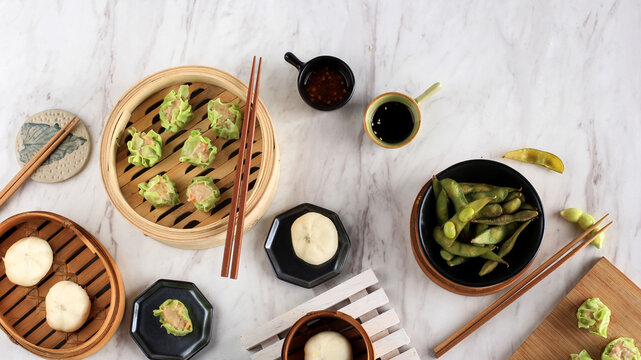In the United Kingdom, the terms “chinky” or “chinky chonky” are considered offensive and are used as slurs to refer to Chinese takeaway restaurants, Chinese food, and the Chinese community.
“Chinky” is a term that has been used to describe a characteristic of an object or a person that is thin and small. The term has been used in various contexts but has become particularly popular on social media as a way to describe thin or petite people. The term has been used in a positive manner, often in a playful or affectionate way, to celebrate the thin or slender bodies of people who are proud of their physique.
However, the use of “chinky” to describe people has also been criticized for its racist connotations. The term has a history of being used as derogatory slang to describe people of East Asian descent, and some people consider its use to be insensitive and offensive.
The term “chinky chonky” is a variation of “chinky” that has also gained popularity on social media. This term is often used to describe objects that are both thin and chubby, typically in a humorous or playful way. However, just like “chinky”, the use of “chinky chonky” to describe people can also be considered offensive and insensitive, especially if it is used in a manner that perpetuates harmful stereotypes.
It is important to be mindful of the language we use, especially when it comes to describing people. Using language that perpetuates harmful stereotypes or causes offense can have a negative impact on individuals and communities. It is always better to use language that is respectful, inoffensive, and promotes positivity and inclusion.
Chinese food has been a staple in Britain for many decades and has become an integral part of the country’s culinary landscape. However, the terminology used to describe this cuisine can be confusing, with different people using different terms to refer to the same dishes. In this blog post, we’ll take a closer look at how the British refer to Chinese food and why it’s important to understand the different terminology.
The Term “Chinese Food”
The most commonly used term to describe Chinese cuisine in Britain is simply “Chinese food.” This term is a catch-all phrase that encompasses a wide range of dishes from various regions of China, including Cantonese, Sichuan, Hunan, and others. The term is often used to describe takeout or delivery food, as well as sit-down meals in Chinese restaurants.
For many people in Britain, “Chinese food” is synonymous with dishes like sweet and sour chicken, fried rice, and egg rolls. These dishes have become staples in the country and are widely available in Chinese takeout restaurants and supermarkets. However, these dishes may not be representative of the full range of Chinese cuisine and may only reflect a limited understanding of the country’s rich culinary heritage.
The Term “Cantonese Food”
Another term that is sometimes used in Britain to describe Chinese food is “Cantonese food.” Cantonese cuisine originates from the Guangdong province in southern China and is known for its mild flavors, fresh ingredients, and delicate cooking techniques. Some of the most popular Cantonese dishes in Britain include dim sum, steamed fish, and roasted meats.
Cantonese cuisine has been particularly influential in the UK, with many early Chinese restaurants in the country specializing in this style of cooking. However, it’s worth noting that not all Chinese restaurants in Britain serve Cantonese food, and many offer a range of dishes from other regions of China.
The Term “Sichuan Food”
Sichuan cuisine, also known as Szechuan cuisine, is another type of Chinese food that is sometimes referred to by its regional name in Britain. Sichuan cuisine is known for its bold and spicy flavors, with dishes like mapo tofu, kung pao chicken, and Sichuan hotpot being some of the most popular. Sichuan cuisine has gained popularity in recent years, with many Chinese restaurants in Britain offering dishes from this region on their menus.
The Importance of Understanding the Terminology
Understanding the different terms used to describe Chinese food in Britain is important for several reasons. Firstly, it helps to provide a better understanding of the range of dishes and cooking styles that are available. By knowing the different regional cuisines, you can make informed choices about what to order when dining at a Chinese restaurant, and you can explore the full range of flavors and ingredients that are available.
In addition, understanding the terminology also helps to reduce cultural misunderstandings. For example, if you’re not familiar with Cantonese cuisine, you might assume that all Chinese food is the same and order dishes that are not representative of the full range of flavors and ingredients that are available. Similarly, if you’re not familiar with Sichuan cuisine, you might be surprised by the bold and spicy flavors that are characteristic of this regional cuisine.
Finally, understanding the terminology also helps to support local businesses. By choosing to dine at a Chinese restaurant that specializes in a particular regional cuisine, you can help to support the continued development of that cuisine and help to preserve its unique flavors and ingredients.

